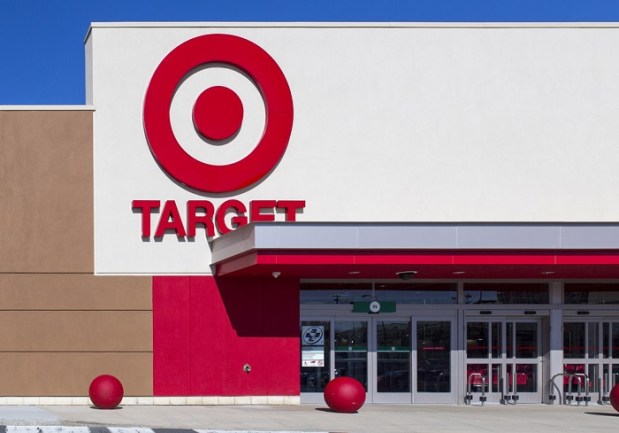Target Gives Shoppers What They Want — Just Not Much

Somewhere out there, brick-and-mortar retail executives are pulling their hair out in frustration that every day there seems to be yet another successful startup that thrives, despite a lack of demonstrated profit or even consistent revenue. This new age of salescraft has thrown into doubt the question of not just how business begins but whether renewable profit streams are really the best metric of a brand’s health.
At least, Target is giving off clear signals that it’s willing to move into the latter space.
Forbes reported that the not-your-average-department-store chain gave a sneak peek on Wednesday (March 23) of its next partnership with a major boutique fashion designer — Finnish brand Marimekko. Featuring swimwear and casual-yet-chic apparel, the Marimekko line will be available in stores on April 17. Unlike the rest of Target‘s apparel offerings, though, once customers buy up the available stock, there won’t be anymore to replace it.
Sound familiar? It does to anyone who tried and failed to snag a piece of Target’s last partnership with a boutique designer — the 2015 Lilly Pulitzer team-up that saw virtually every item in every store sold out within the day it went on sale. Lines stretched for hundreds of people outside Target’s stores, and those who didn’t get the chance to snap up affordable-yet-trendy swimwear took to social media to vent their frustrations. While some retailers would be glad for this kind of foot traffic, even spokesman Joshua Thomas had to tell USA Today that the retailer neither expected nor was prepared for its entire line to vanish from racks within 24 hours.
“Many stores sold out within minutes,” Thomas said of the 2015 sale. “The goal is for the collection itself to be available for a few weeks. We never intend for the collection to sell out in one day.”
One year and one more designer partner later and Target appears to have adopted a complete opposite strategy with its Marimekko line. Not only has Target accepted the fact that it won’t be able to keep shelves stocked this time, but it seems to be embracing the demand-through-scarcity ethos not often seen in retailers of its size. In fact, though Target apologized publicly and frequently for the Lilly Pulitzer disaster, Thomas told Forbes that there will be no such concessions this time around.
“We’re never going to apologize [for a line selling out],” Thomas said.
There are some mitigating factors that make such an unrelenting and seemingly anti-consumer stance make sense for Target as it grooms customers for the mayhem that will certainly surround its Marimekko line. First, Target’s website crashed on the day of the Lilly Pulitzer sale, cutting millions of online customers out of the shopping frenzy and giving them a justifiable reason to complain. It’s not as if in-store shoppers had any easier of a time, though. Not all consumers diving for Lilly Pulitzer clothes were intending to wear them, and Fashionista explained that resellers immediately put Target-purchased items up for sale on eBay. Prices ballooned in turn, with $38 dresses upping to $84 and $50 tote bags running to well north of $100.
Consumer outrage is all but inevitable with runs like these that have scarcity built in to drive up interest, but how Target handles the Marimekko madness will serve as a telling indicator of how it’ll treat similar projects in the future. While the retailers non-apologetic stance weeks before the line goes on sale may insulate it from a degree of shopper ire, fostering a sense of near-fulfillment in consumers who just missed out on their favorite dresses is a dastardly clever way of marketing that brick-and-mortar retailers like Target haven’t shown an incredible affinity for.
If it can pull the Marimekko partnership off, while keeping the outrage to a minimum (and the demand at a maximum), expect regular “limited-time-only” sales events in the future.
